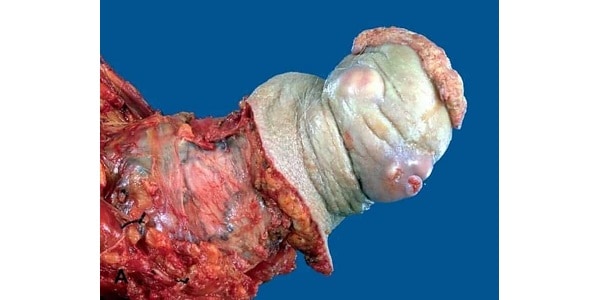Interstitial Cystitis
INTERSTITIAL CYSTITIS INTERSTITIAL CYSTITIS (HUNNER’S ULCER, ELUSIVE ULCER) Inflammation of bladder mucosa is cystitis. The characteristic linear bleeding ulcer is caused by splitting of mucosa when the bladder is distended under anaesthesia Severe fibrosis along with inflammation of urinary bladder due to pancystitis results in small thimble bladder. Ulceration of the mucosa occurs in fundus […]
Interstitial Cystitis Read More »





